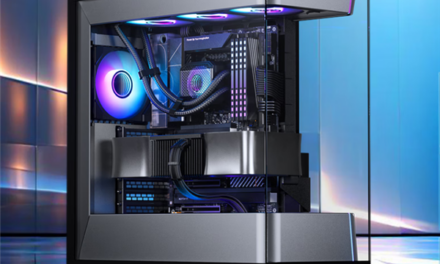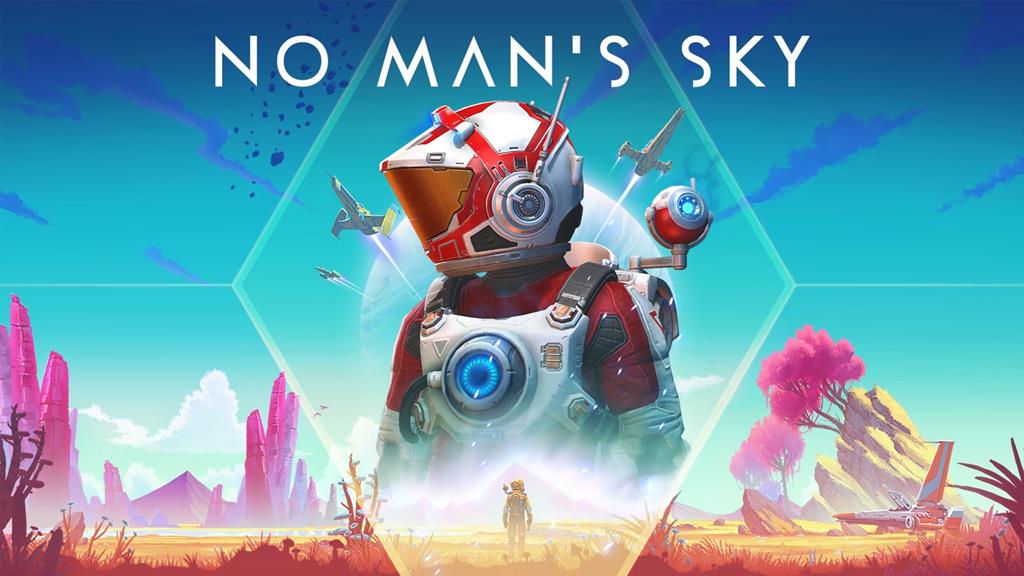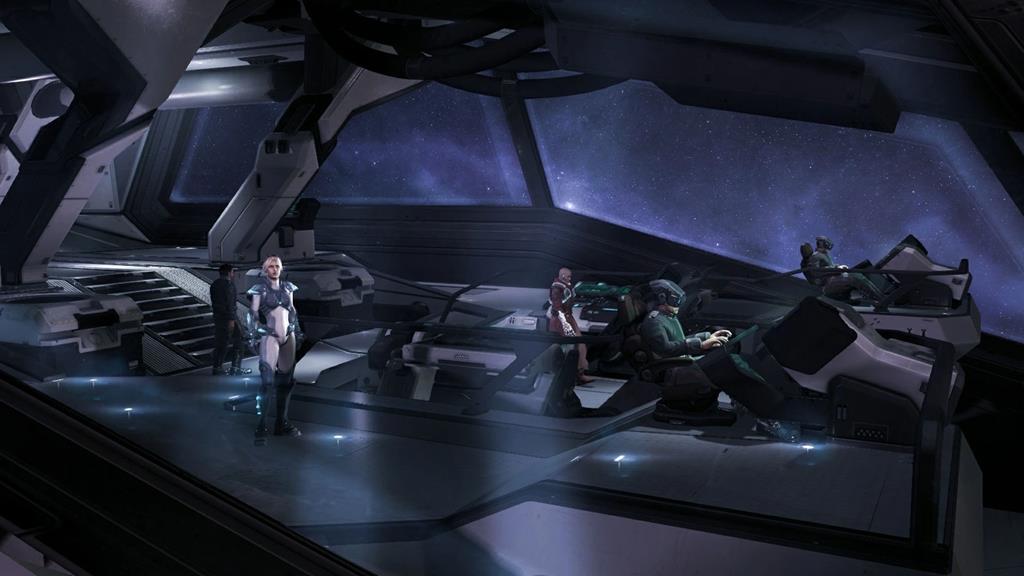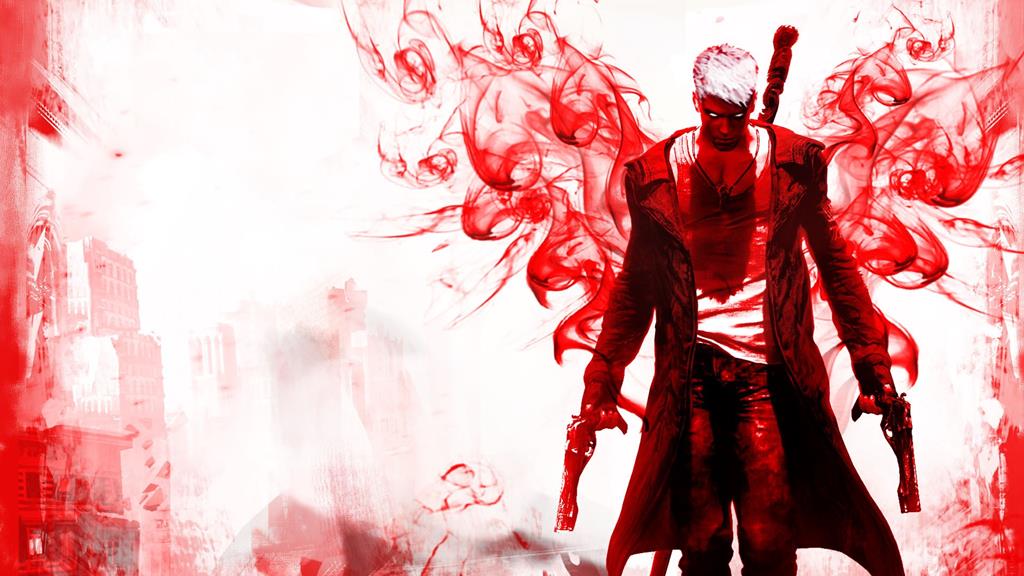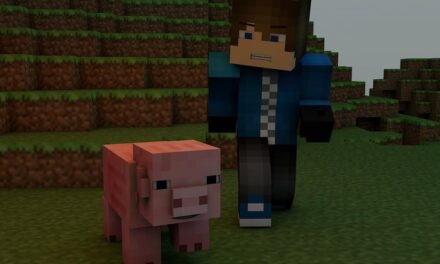
Game Developers Reversing Fortunes The Same Way They Failed
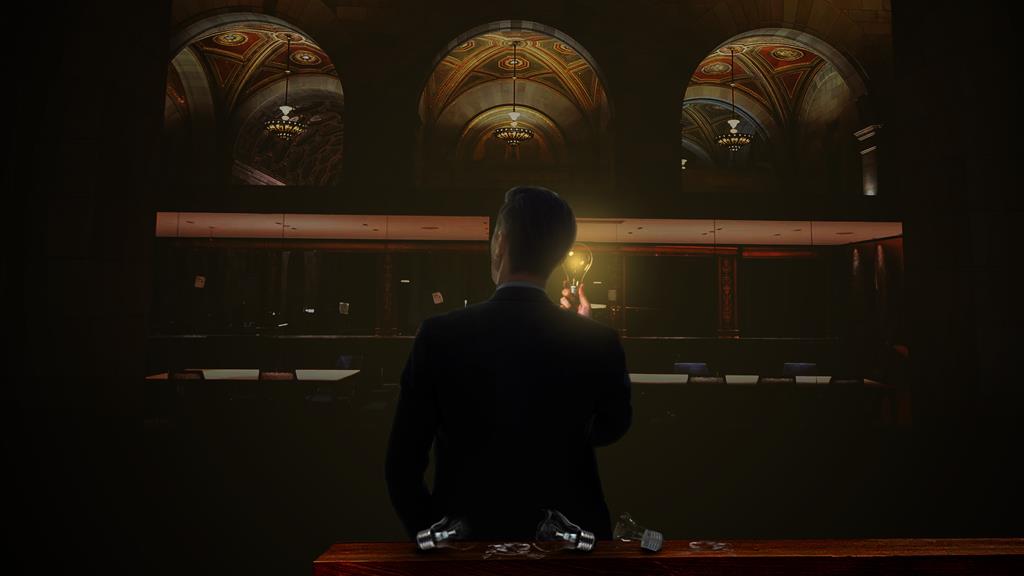
Rags to riches stories of game developers are a dime a dozen. The premise usually starts out simple, eventually growing into this empire of a corporation that hopefully, still has the heart and soul of what started it in the first place.
But, there are also numerous times when the very thing that caused them controversy in the first place, became their symbol of hope. From the ashes of failure that brought them down, rise the flames of a similar entity born anew. Not only did its eventual success take the company back on track. These games even let them take a few steps ahead and some more.
Square Enix
Failure: Final Fantasy XIV launched with far less than stellar quality, threatening premature closure
How it turned into success: Naoki Yoshida may not have single-handedly saved the game, but he was one of the biggest elements that made the turnaround. The first of the issues to be fixed was the lackluster play cycle and the game’s story. The Garlean Empire’s ruthless conquest simply lacked cohesion, especially with side stories and quests that did little to weave a bigger narrative.
When the world was revamped, the narrative continued with the same universe, but with literally “a realm reborn”, with the protagonist a survive of the Eorzean calamity. This time, the Ascians posed a more sophisticated position as the game’s antagonists, seeking to manipulate the new realm’s destiny.
Other improvements latched on the concept of the “long-term plan”, which is a multi-stage development cycle combining player feedback and in-house improvements. They added global cooldown and skill rotation systems, material-based gear customization, and even streamlined classic features like the job class and limit break systems, among many, many other additions.
Today, Final Fantasy XIV: A Realm Reborn now boasts millions of accounts in multiple servers worldwide, and is still receiving mechanics and engine-based updates even today.
Hello Games
Failure: No Man’s Sky was a blundering PR nightmare
How it turned into a success: Simply put, the development team just dug their heads in the sand and kept working to fulfill their end of the bargain. Features that we promised but were not present in the original launch were slowly added, bit by bit. Every few months or so, a major update will be added that changes a lot of the game’s mechanics, sometimes including the names and functions of base materials.
They also ignored the continued rain of complaints from users in a good way, by simply focusing on updates. It may be frustrating for the first year without any response from them on social media, but in the end, it was revealed that they were hard at work keeping their promise all along.
Eventually, the updates and patches caught up. Each major update trailer is met with more and more positive reception. The number of features even started to outnumber the quantity that they promised at launch! Well… there were still a few that never made it out of the drawing board. But in exchange, many more other features were added to the game instead.
Most important of all, these updates were completely free. They worked on adding features non-stop for more than half a decade. And… they are still working on it today! In fact, one of No Man’s Sky latest updates, Echoes, almost coincided with the launch of Bethesda’s Starfield, a game that was often compared with the former. Due to performance issues of Starfield at launch, there was a short window where No Man’s Sky was able to beat the number of players of the newly launched triple-A title of the same genre.
Digital Extremes
Failure: Warframe began as a very bad, “brazen clone” of Gears of War
How it turned into a success: Digital Extremes started with the game very early in the year 2000 when they began work on a game named Dark Sector. Despite the honest attempt at a third-person action title, it was, to say the least, a massive failure. It was often stated to be a lazier, far less polished version of Gears of War.
Even as Warframe began to improve Dark Sector’s flaws ten years later, it was still marred with issues such as internal mismanagement, and even a botched prototype launch. Still, the developers forged on for almost a year, launching in 2013. They attempted to keep pressing on amidst other problems such as PS4 incompatibilities, layoffs, bad reviews ruining their PR, and much more.
Through the years, they changed the way the game looked, felt, and played. One very notable change was the massive overhaul of its microtransaction system. But probably the most impressive addition was the parkour system, which further intensified the “space ninja” theme that the game is going for. Aside from that they added a ton of things to do, whether you are focused on the story, events, or just grinding stuff as any other coop player would.
In fact, today, many players of Warfame swear by the sheer amount of content you can blaze through the game. By some estimates, it can even offer you 150-200 hours of gameplay content from all angles… despite trying to rush them all. The myriad of updates and improvements that its developers launched paved the way for Warframe to become one of the most stable coop third-person online shooters to still be in service today.
Blizzard Entertainment
Failure: Nova Corps wasted resources, and nothing ever came out of it
How it turned into a success: Nova Corps was one of the attempted extensions of Blizzard using the IP of Starcraft. Expanding into a sort of first-person or third-person shooter, you take the role of a stealth unit in the game, the eponymous Nova. The story would then give you several objectives that reinforce her stealthy gameplay, and would provide yet another canon perspective to the bigger world of Starcraft’s expanding lore.
But alas, it remained in development hell for almost an eternity, and never came into relevance, even as graphics developed after 2010. She did appear briefly here and there as a character in Starcraft II, but her existence only made it more painful to her fans what could have been if her game had been released.
That is, until the appearance of the Starcraft II DLC: Nova Covert Ops, where Nova was finally given a story of her own. Though the game itself no longer exists, a lot of the basic elements of the original Nova Corps were added to this DLC, such as the “stealth-ish” missions, point-and-destroy objectives, as well as her overall exposition within the in-game universe.
Players might still be using the exact same Starcraft II engine, but at least her adventures finally returned in some form after many years of being in development limbo. Critically, it was not a massive success. But many fans very much appreciated the gesture of creating her into the game the way she, her concept, and her buddies, finally deserved.
Capcom
Failure: Prototype Resident Evil 4 didn’t feel like a Resident Evil game at all
How it turned into a success: Hideki Kamiya wanted to spice up the already well-known survival horror series with cooler and more stylish action mechanics. Leon Kennedy of Resident Evil 2 would still return as this game’s main character, but instead of just fighting virus-mutated zombies and monstrosities, he would fight paranormal enemies as well.
That… did not really sound, or even feel like a Resident Evil game at all. The concept was solid, and the game itself was mostly complete as an idea. So instead of throwing everything away and going back to the drawing board, Shinji Mikami (director of the first RE game), instead suggested making the game into a completely different title. We know that Capcom likes to try different ventures, heck, they’ve been producing casino titles for quite a while, but some icons are not to be messed with.
So what did the prototype Resident Evil 4 eventually become? Devil May Cry. Indeed, the classic combo-based slash n’ shoot action game really started as a wannabe mainline RE title. Instead of fans of the series criticizing the game for completely abandoning the RE formula, the game was instead turned into a massive success by forking into a different franchise altogether.
As you already know, the Devil May Cry series has become successful on its own merits. It never needed the reputation of the Resident Evil series, and has spawned a completely different fan base. As of this article’s writing, the latest game in the series is Devil May Cry 5, released in 2019.
Oh, and about Resident Evil eventually becoming an action title? Yeah, that would actually become a thing. But not until many years after the release of the very first Devil May Cry game.











